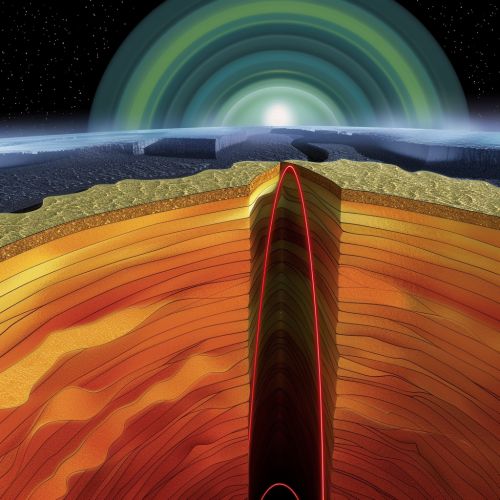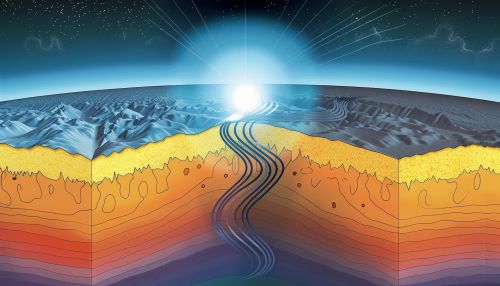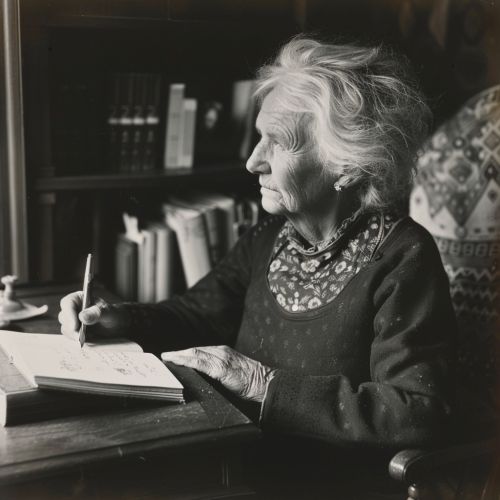Inge Lehmann
Early Life and Education
Inge Lehmann was born on May 13, 1888, in Copenhagen, Denmark. She was the daughter of Alfred Georg Ludvik Lehmann, a psychologist, and Ida Sophie Tørsleff, a housewife. Lehmann's interest in mathematics and physics was sparked at an early age, and she pursued these subjects throughout her education. She attended the University of Copenhagen, where she studied mathematics. She also spent time at Newnham College, Cambridge and at the University of Paris, broadening her knowledge and expertise in the field of mathematics and physics.


Career and Discoveries
After completing her education, Lehmann worked at the Geodetic Institute of Denmark, where she was responsible for precise levelling measurements. During her time at the Institute, she developed a keen interest in seismology, the study of earthquakes and the waves they produce. This interest led her to make one of the most significant discoveries in the field.
In 1936, Lehmann discovered that the Earth has a solid inner core inside a molten outer core. She made this discovery by analyzing the seismic data from earthquakes, which showed that some seismic waves, specifically P-waves, were reflected off an inner boundary, a phenomenon that could not be explained if the core was entirely liquid. This boundary is now known as the Lehmann Discontinuity in her honor.
Lehmann's discovery was initially met with skepticism, but it was later confirmed by other seismologists. Her work revolutionized our understanding of the Earth's interior and has had a profound impact on the field of seismology.


Later Life and Legacy
Lehmann continued to work and make significant contributions to seismology until her retirement in 1953. Even after her retirement, she remained active in the field, publishing important papers and participating in scientific conferences.
Lehmann passed away on February 21, 1993, in Copenhagen. Her legacy lives on in the field of seismology. The American Geophysical Union named a medal in her honor, the Inge Lehmann Medal, which is awarded for outstanding contributions to the understanding of the structure, composition, and dynamics of the Earth's mantle and core.


